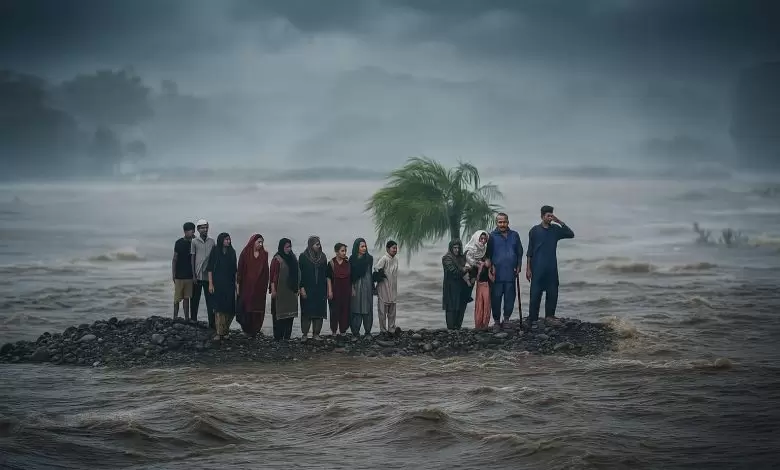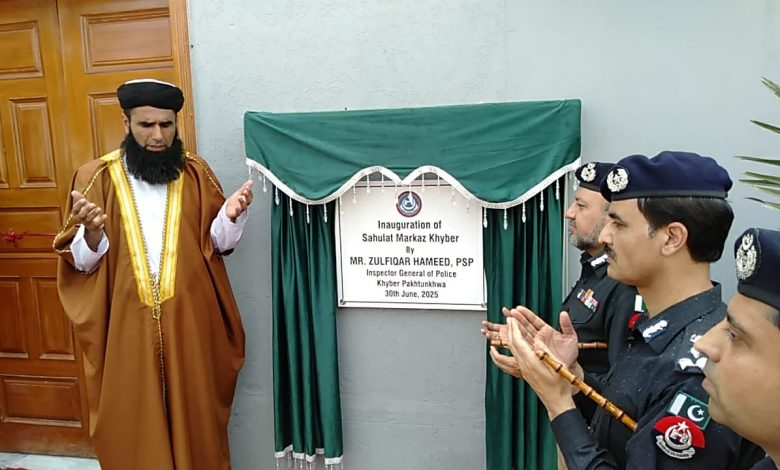1.jpeg)
Poverty remains one of the most pressing international challenges of the time. As established in the United Nations Sustainable Development Goal 1, the international community has committed to end all forms of poverty everywhere by 2030.
In Pakistan, millions still live below the poverty line that is 2.15 per day, and achieving SDG 1 is not just about economic growth, but human dignity, social stability and national development.
Poverty is multidimensional problem that goes beyond income deprivation including the lack of access to education, healthcare, sanitation and housing.
In the rural areas of Pakistan many families fight due to low agricultural production, unemployment and limited access to services.
As the agricultural sector is vital many communities remain marginalized unable to capitalize on the country’s resources, limited educational opportunities and unemployment particularly for women and girls add to end poverty.
Also Read: Indian Platforms Remove Pakistani Celebrities Following Cross-Border Hostilities
With fast urbanization urban poverty is also rising. Karachi and Lahore like cities people move in search of work, but often end up in slums where access to clean water, healthcare and education is limited. Informal workers without job security or protections face even more difficulties deepening the cycle of poverty.
In Pakistan the COVID-19 pandemic worsened the poverty levels, pushing many into more hardships. Millions of people lost their jobs and inflation, climate induced disasters and slow economic growth deepened inequalities.
These factors slowed poverty reduction and making comprehensive actions more urgent. Vulnerable communities suffered disproportionately, as the healthcare system struggled to cope with the crises and leaving millions of people without support.
Achieving SDG 1 requires a holistic approach that tackles both immediate needs and long term systemic change. Social protection programs such as Benazir Income Support Program that is (BISP) and Ehsas provided vital financial support, but sustainable poverty eradication also demands investments in education, healthcare, skill training and infrastructure.
Education and healthcare improvements are essential for long term poverty alleviation as they enhance the opportunities and break the poverty cycle in Pakistan.
Women and youth empowerment is very important. In Pakistan women face significant hurdles in accessing education, employment and healthcare keeping them trapped in poverty.
Addressing gender inequality could lead to major economic growth and poverty reduction. Youth empowerment is also as important as women.
Investing in education and vocational training equips the young population with the skills needed to secure stable jobs and contribute to the economy of Pakistan. To address the local needs, the role of local governments, civil society and international development partners is very much important.
Governments can tailor poverty reduction strategies to fit specific community contexts while innovative tools like poverty mapping and data driven decision making can assess to target the most vulnerable.
Moreover climate change poses a significant threat to poverty reduction efforts. Natural disasters such as floods and droughts disproportionately affect the poor communities, eroding livelihoods and causing displacement.
To safeguard the poverty alleviation progress, integrating climate resilience into development strategies is necessary. Sustainable agricultural practices, climate resilient infrastructure and disaster preparedness can help to protect vulnerable populations.
Community participation and public awareness are keys to success. Media campaign and grassroots mobilization foster understanding and collective action against poverty.
By amplifying marginalized voices and highlight stories of resilience, media can influence public attitudes and policy changes. Social media particularly provides powerful platforms to raise awareness and demand action on poverty related problems.The Path to eliminate and end up the poverty is very long and challenging, but it is not invincible.
Pakistan and other developing countries can make significant strides toward achieving SDG 1 with political will, inclusive policies and global cooperation.
Poverty is not only an economic problem, but it is a moral imperative. Ensuring that everyone has the opportunity to live a life of dignity and security is the cornerstone of sustainable development and a just society.
Note:The writer is an Ms scholar at Institute of Management Sciences Peshawar.
1.jpeg)
01 Jul, 2025
.jpeg)
01 Jul, 2025

.jpeg)


